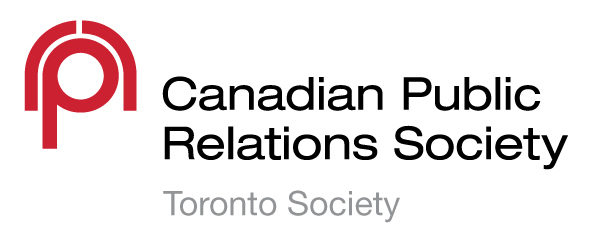ACE Award Judging – An Interview With Vincent Power
LinkedIn
@VincentPower
What is your approach when judging the ACE Award submissions?
I look to be told a story, a story whose framework is based on the RACE formula (Research, Analysis, Communication and Evaluation). The story may have a preamble (a paragraph or so that serves as an overview of the entire project) but there should be an introduction (research and part of the analysis), there should be a body (part of the analysis and communication plan), and there should be a conclusion (evaluation). The introduction should flow into the body and the body should flow into the conclusion, each part informing and linking to the next part.
What is the greatest tip you can give to all those who will submit their campaign?
Try to evenly spread your story among the four components of RACE, or at least be substantial with each component. The Communication plan and its execution can arguably constitute the largest percentage of the overall story, but the research and analysis portions are often short changed and submissions should ensure that each component is given its due.
Last year’s ACE Awards had shown many amazing PR campaigns, in your opinion what will make a campaign stand out this year?
To even be selected as a winner, a sound Executive Summary based on the RACE formula is the most important contributor to being considered. Once a submission demonstrates that, then innovation and creativity will usually drive one submission higher than the other. Although we like to see submitted campaigns be successful ones, a winning campaign may not have achieved all its goals, however a sound execution plan that is innovative and creative can still achieve a finalist rating.
What would you say would be the biggest challenge when judging this year’s ACE Awards?
In a word, time. Judges may review more than a dozen entries over the course of a day. Because we want to give equal time, effort and attention to those we judge late in the day vs. those we judge earlier, judges look to see everything there is to know about the campaign within the two-page executive summary. No matter how fabulous the support material included may be, it will not help an executive summary that is deficient in effectively communicating the campaign to a judging committee using the RACE formula. That said, the supporting material is often useful in helping to have a better understanding of the tools described in the executive summary, but the executive summary should be able to stand on its own.
In your opinion what makes the ACE Awards unique and why should we encourage PR professionals to submit their campaigns?
The ACE Awards approach success from a professional perspective. The need to address the four components of the RACE formula means that entrants must use senior-level thinking in the development of their submission, and the result is that their entry receives a fairer, objective evaluation which hopefully minimizes subjectivity based on undefined criteria.
What are you looking forward to most when judging this year’s ACE Awards and why?
Judges look forward to learning about great campaigns, how they were planned, executed and implemented. It’s so much fun to see what different applicants experience in their efforts to bring a campaign to full fruition. What we do recognize is how much hard work goes into successful campaigns, how much public and media reaction plays a role in promoting a brand or program or initiative, and we appreciate the incredible effort that it takes to produce just one submission. Good luck to all candidates for 2017!
